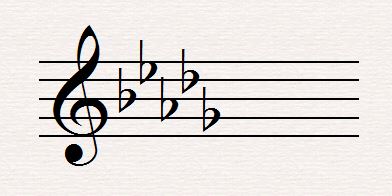
Written out on sheet music in the treble clef, these are the pitches of D Flat Major:ĭ flat major has a relative minor scale, the B flat minor scale, which also contains 5 flats. The pitches of D Flat Major are as follows: D♭, E♭, F, G♭, A♭,B♭, C, D♭. See our article on the C Sharp major Scale.

You may also remember the scale notes by using Roman numerals.The D flat major scale is a major scale consisting of mostly “black keys,” as all five of the piano’s black keys are in D flat major.ĭ flat major is actually composed of all the same notes as the C sharp major scale. Asking questions based on the formula (whole, whole, half, whole, whole, whole, half). Let's say we want to form the C major scale, we can plug in this formulaĪlways ask yourself what is a whole step from the note you want to form a piano scale. *A half step is the closest key to any key. Whole, whole, half, whole, whole, whole, half We can form a major scale using a simple formula:

Sounds too much? Don't be overwhelmed! Let's take a look at each type of scales. Beside the 12 natural minor scales, there are also 12 harmonic minor scales and 12 melodic minor scales. There are 12 major scales and each one has its relative minor scale (also called the natural minor scale). There are two types of piano scales:Major Scale and Minor Scale. Do you know that all chords are derived from scales? Knowing how to play piano scales effectively will help you improvise as well as create song melodies.

To become a proficient pianist, you need to master the basics of piano scales.


 0 kommentar(er)
0 kommentar(er)
